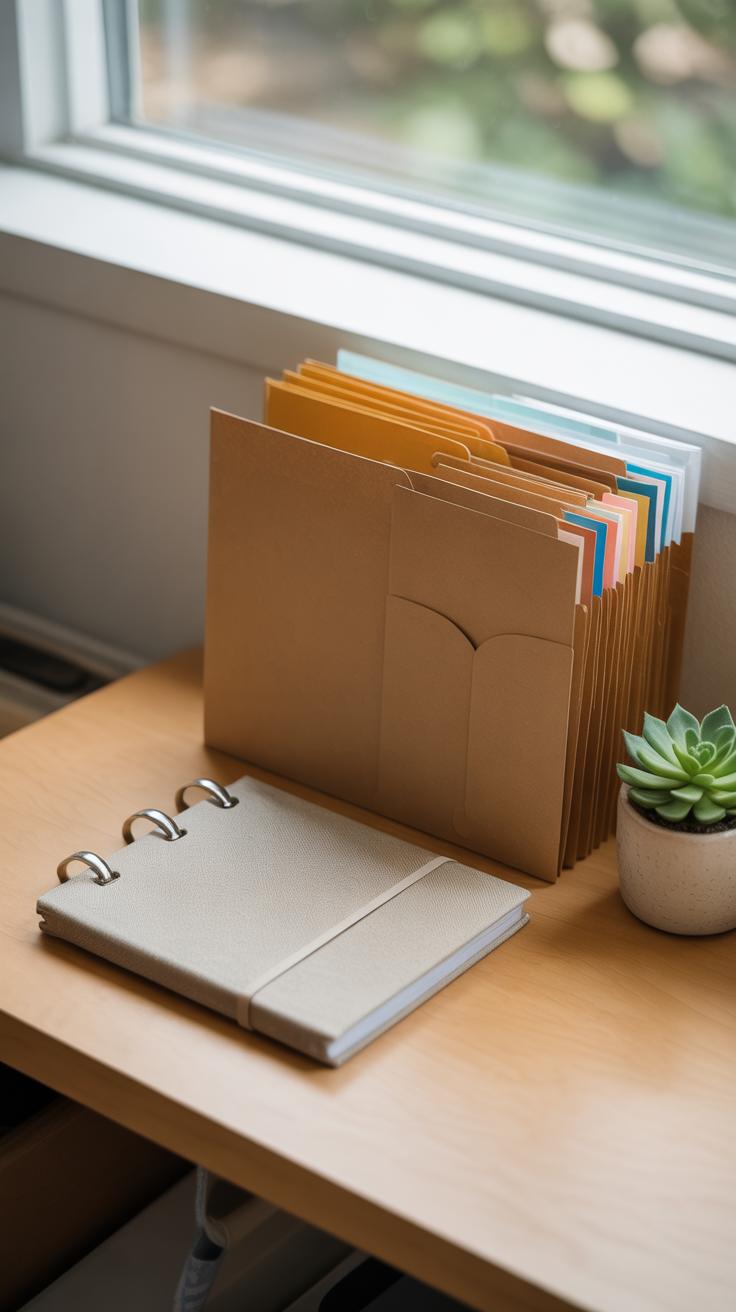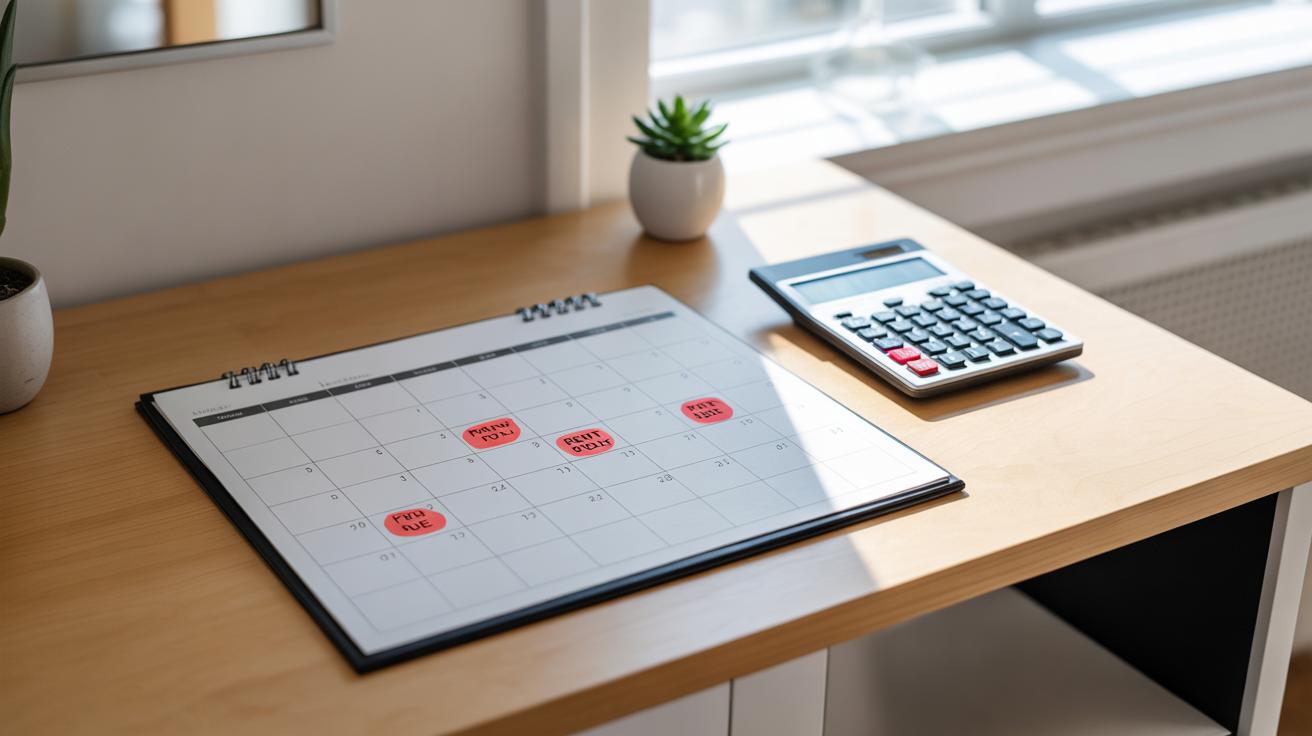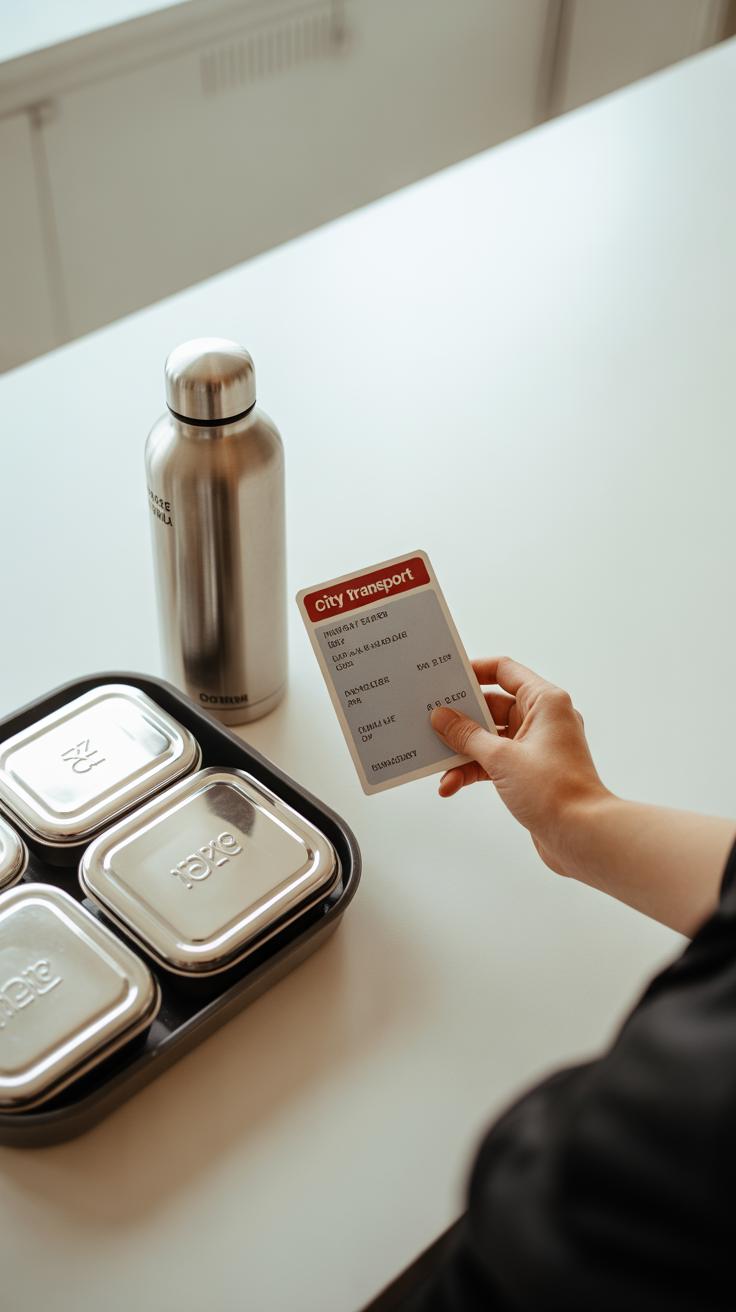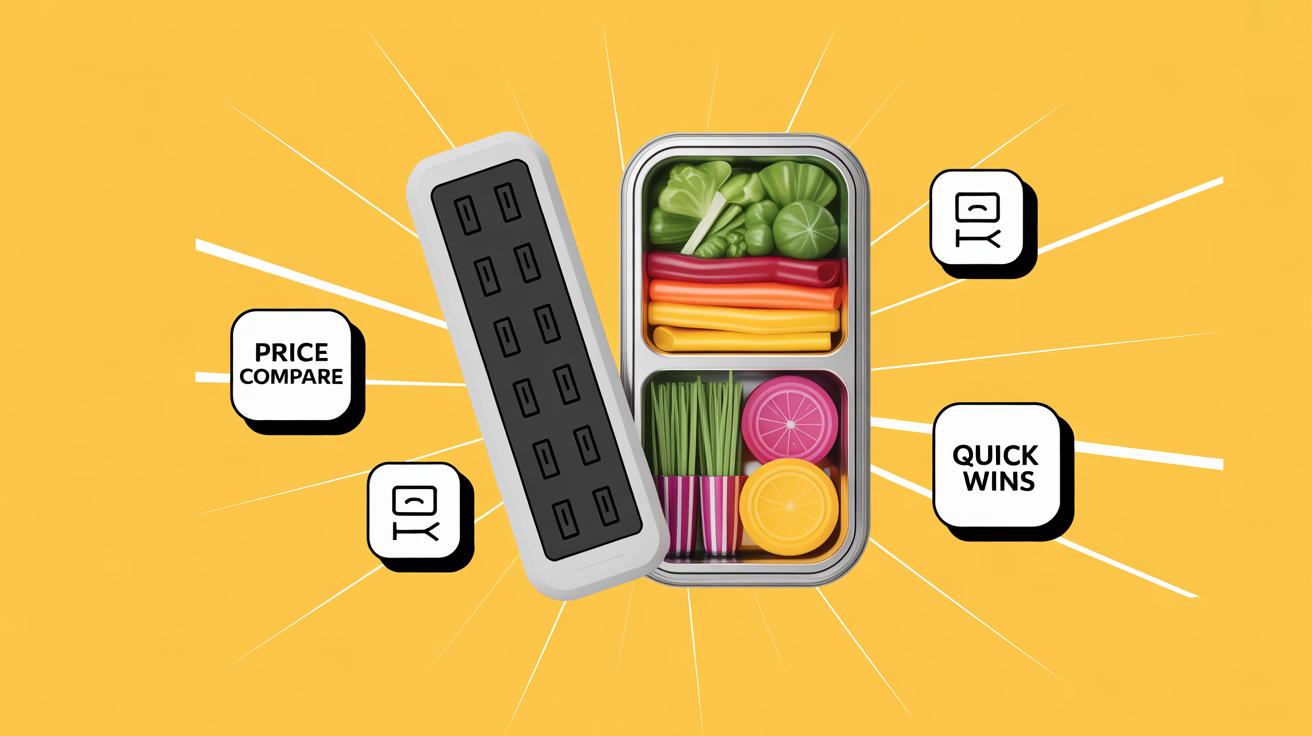Introduction
Managing your money well is important no matter how much you earn. A money saving plan helps you set aside part of your income for future needs or emergencies. With a clear plan, you can handle surprises without worry and achieve your financial goals.
This article explores ways to save effectively on any income. We will break down steps to create a budget, build good saving habits, and make smart financial choices. These ideas are easy to follow and can work for you, no matter your current financial situation.
Understanding Your Income and Expenses
Before you can start saving money, you need to know exactly how much money you have coming in and where it’s all going. This sounds obvious, but you’d be surprised how many people don’t keep a clear record of this. Without this base knowledge, saving feels like guessing—trying to catch shadows.
Your income includes everything you earn. That’s not just your salary or hourly wages. It might be freelance payments, side gigs, interest from savings, or even occasional gifts. Think of income as the total pool of money you have to work with. If you don’t know this number, you can’t figure out how much to set aside.
On the other side, tracking expenses is what reveals your spending habits. Bills, groceries, transport, subscriptions, and maybe habits or impulses you barely notice—these add up quickly. When you write them down, patterns emerge. You might spot that daily coffee is costing more than your internet bill, or that impulsive online shopping quietly drains your funds. That’s where the real opportunities for saving lie.
- List all sources of money you receive regularly or irregularly
- Track every expense, even small ones that seem insignificant
- Review your spending to identify areas where you can cut back
Knowing your income and expenses creates transparency. It’s not just about numbers; it’s about understanding your behavior. Once clear, you can make smarter decisions, rather than guessing where your money is disappearing. If you don’t do this first, any saving plan will feel unstable, sort of like building on shifting sand.
Setting Clear and Reachable Saving Goals
Imagine trying to save money without knowing what you’re saving for. It feels like wandering aimlessly, right? That’s why setting clear saving goals is crucial. Whether it’s building an emergency fund that covers three months of expenses or saving up for a big purchase, having a specific target helps keep your saving efforts focused.
Clear goals give your savings a purpose. When you know exactly what the money is for, it becomes easier to resist spending it on something unrelated. You might find yourself saving more consistently because the goal turns saving from a vague idea into a concrete task.
Why Goals Motivate Saving
Goals add meaning to your saving. When you save just because “it’s good to save,” it can feel dull or pointless. But if you save for that laptop you’ve been eyeing or for unexpected car repairs, each dollar saved feels more valuable.
Knowing the “why” behind your saving creates a kind of motivation that pure discipline can’t always provide. It’s easier to put away even small amounts regularly when those small contributions inch you closer to something important to you. I’ve seen people grow excited watching their progress, which makes saving less of a chore and more like a challenge that actually feels doable.
How to Set Smart Goals
Start small and keep your goals realistic. Setting too big a goal right away can be discouraging, especially when your income isn’t massive. Instead, try these steps:
- Pick one clear goal at a time—like saving $500 for an emergency fund.
- Break that goal into smaller amounts, such as $20 per week or $80 per month.
- Make sure the amount fits your current budget—no need to stretch so thin that you give up completely.
- Track your progress to see those small wins add up; it’s surprisingly motivating.
Goals don’t have to be huge or ambitious. Sometimes just aiming to save a bit more than last month can make a difference. The key is to keep goals specific enough to measure and realistic enough to reach without frustration. After all, saving is a habit, and habits grow best when you don’t overwhelm yourself at the start.
Creating a Practical Budget
Making a budget starts with a simple list: your total income and all your expenses. It sounds obvious, but taking the time to put it down on paper—or a screen—can change how you see your money. When you see the actual numbers side by side, it’s easier to realize where your money goes each month. That clarity helps you control spending because you can’t ignore what’s right in front of you.
I think many people underestimate how a budget acts like a mirror, showing exactly how habits add up. Without it, expenses sneak past unnoticed, and savings just never seem to grow. A budget makes you accountable—well, at least to yourself.
Simple Budget Steps
Start by writing down every source of income you have. Don’t forget occasional income, like side jobs or gifts. Then, list all your expenses. Break them into categories like rent, groceries, transportation, and entertainment.
It helps to use a notebook, a spreadsheet, or an app—whatever feels easiest. Once you have everything listed, compare income and expenses. If expenses are more, ask yourself where you can cut back.
- Write down your total monthly income.
- List all monthly expenses, fixed and variable.
- Tally the totals and subtract expenses from income.
- Look for areas that seem flexible or unnecessary.
That’s it. Not fancy, just effective.
Using Your Budget to Save More
When you use a budget regularly, you start noticing patterns: maybe a subscription you rarely use, eating out more often than you thought, or impulse buys that add up. The budget doesn’t have to be perfect—it can show rough estimates each month. But even rough ideas help highlight waste or habits you could change.
For example, if your budget shows you spend a lot on takeaway coffee, could you cut back there? Maybe swap some dining out for cooking at home once or twice a week. It may feel like small savings, but over time, it all adds up.
The budget puts choices in your hands. You see what’s essential and what isn’t. That can be as motivating as anything. Knowing where to cut back gives you real control—and that control grows your savings.
Building an Emergency Fund
What an Emergency Fund Is and Why You Need One
Think of an emergency fund as your financial backup plan. It’s money set aside for those moments when life throws you a curveball. Maybe it’s a sudden health issue, or your car breaks down right before an important trip. You don’t want these surprises to derail your budget or force you to borrow money.
Having this reserve can bring a kind of peace you might not realize you need until you face one of those moments. Sometimes, it’s hard to convince yourself to save for something that, ideally, won’t happen. Yet, when it does, you’ll be grateful you did.
When Emergency Funds Come in Handy
Emergencies aren’t always dramatic—yet they can still demand immediate cash. Picture this:
- Unexpected medical bills that insurance doesn’t cover fully.
- Car repairs when you don’t have a spare ride lined up.
- Urgent home fixes like a leaking roof or broken heater during cold winters.
- Temporary job loss or reduced income periods.
Without a cushion, you might find yourself stressing over quick solutions that cost more or push you deeper into debt. An emergency fund acts like a buffer, softening the financial blow so you can focus on fixing the issue instead of how to pay for it.
How to Get Started with Your Emergency Fund
Starting doesn’t have to be overwhelming. You don’t need a huge lump sum right away. Instead, consider this approach:
- Choose a small, manageable amount to save regularly. Even $10 or $20 a week adds up faster than you might expect.
- Treat this saving like a fixed expense—something you commit to no matter what.
- Keep the money somewhere easy to access but separate from your everyday spending, like a dedicated savings account.
I remember once thinking I’d never save enough for emergencies, but by putting aside a bit each payday, I soon had a few hundred dollars ready. It didn’t feel like a sacrifice at the time, just a small change in habit. You might find it easier than you think to build this safety net, bit by bit.
Adopting Everyday Saving Habits
Saving money doesn’t have to be a big, stressful task. Actually, small everyday habits can quietly build up your savings over time—sometimes without you even noticing. Cooking at home instead of eating out is one of the easiest ways to keep more money in your wallet. Maybe you don’t love cooking every night, but even a few homemade meals a week can cut costs significantly.
Using discounts or coupons might feel old-fashioned, yet it really works. I’ve found myself surprised by how often sales pop up on regular items. Grab those deals, and save them for later. You don’t need to buy everything on sale, but keeping an eye out helps. Combining these with planning can make your budget stretch a bit further without much effort at all.
Small Changes That Save
There’s a long list of tiny habits that make a difference when practiced regularly. For example, turning off lights in rooms you’re not in—it’s simple but adds up. Or, making a shopping list before you go to the store to avoid impulse buys. I’ve noticed how much money slips away during those unplanned purchases, so a list helps keep me focused.
Other easy examples include:
- Refilling water bottles instead of buying drinks
- Walking or biking short distances rather than driving
- Canceling unused subscriptions that sneak into monthly charges
- Switching off electronics completely instead of leaving them on standby
It’s not about cutting out all fun, but about recognizing where small waste happens daily. It can feel tedious at first, but they quickly become second nature.
Benefits of Frugal Living
Living frugally doesn’t mean giving up things you enjoy or making life unpleasant. I think some people assume it’s a sacrifice, but really, it provides freedom. When you keep track of what you spend and avoid excess, you gain control. Financial stress decreases, and you discover you don’t need to earn an enormous income to have a comfortable life.
Frugal living often means making intentional choices, not just denying yourself. In fact, saving money this way can actually increase your options. Maybe you skip a pricey coffee, but later you can afford a weekend trip. Isn’t that worth rethinking what “frugal” means?
So, being careful about money doesn’t have to feel like deprivation. It often leads to less worry, more clarity, and sometimes surprising contentment.
Avoiding Common Spending Traps
Money often slips away unnoticed. Sometimes it’s a few impulse buys here and there, other times it’s sneaky credit card debt piling up before you realize it. These traps can quietly derail your saving plans, especially when you’re juggling a tight budget.
Understanding Debt and Credit
Debt can feel like a quick fix, but it usually drags your savings down. Each dollar you owe is one less dollar that could grow in your savings account. Interest on credit cards and loans often adds up faster than most expect.
Try to limit using credit cards for wants, not needs. If you do use them, aim to pay off the balance monthly—carrying debt only makes saving harder.
Also, keeping track of your credit limit and spending habits can stop you from unknowingly racking up balances. Sometimes, just knowing your numbers changes everything.
Saying No to Impulse Buying
Impulse purchases often feel harmless—a coffee here, a gadget there—but they add up quickly. Waiting before buying non-essential items can make a surprising difference.
A simple trick is the 24-hour rule: if you see something you want, wait a day before buying. Often, the urge fades or you realize you don’t really need it.
Another strategy is to shop with a list and stick to it. Walking into a store or browsing online without a plan invites temptation, which is exactly what retailers count on.
Sometimes, it’s about understanding what triggers your impulse spending. Stress? Boredom? Identifying those can help you find healthier alternatives than shopping.
Tracking Your Progress and Staying Motivated
Monitoring Your Savings
Keeping an eye on your savings can be surprisingly tricky, especially when life gets busy. But if you don’t track your progress, it’s easy to lose sight of how far you’ve come—or even where your money is going. Using a simple spreadsheet can work well. Just jot down your income, expenses, and what you set aside each week or month. You don’t need anything fancy.
If you prefer something more automatic, budgeting apps like Mint, YNAB, or even your bank’s app can show your balances and trends clearly. Some apps send notifications that remind you when you’ve saved a new amount or hit a goal. That little nudge can make a difference, keeping the idea of saving fresh in your mind.
Keeping Yourself Inspired
Motivation isn’t constant. Some days, the goal feels distant. That’s when celebrating small wins matters. Did you save $50 more than last month? Treat yourself with something small—maybe a favorite coffee or an episode of a show you enjoy. It doesn’t have to be big, just enough to mark the progress.
Set regular reminders on your phone or calendar to review your savings. That little habit can turn saving from a chore into a routine. Sometimes, sharing your achievements with a friend or family member can help you feel accountable—and more driven. And yes, if you miss a target, don’t dwell on it. Just adjust and keep going. It’s a slow climb, but those small steps add up in the end.
Adjusting Your Plan as Life Changes
Saving plans don’t stay the same for long—life has a way of shifting things around. Sometimes your income goes up or down, or unexpected expenses pop up out of nowhere. Other times, your goals might change because what you once wanted no longer fits your priorities. When any of this happens, your plan needs a little reevaluation. If you keep doing the same thing without looking closely, you might find your savings aren’t growing like they should.
Recognizing When to Change
How do you know when it’s time to tweak your plan? Look for these signs:
- You get a new job, a raise, or your income slips suddenly.
- Unexpected bills appear, like car repairs or medical costs.
- Your financial goals change—maybe buying a home or saving for education.
- You notice you’re saving less or running over budget regularly.
These moments are signals, often hard to ignore. Sometimes, it’s tempting to stick with the plan you started because it feels familiar. But that stubbornness can slow you down.
Making Simple Adjustments
You don’t need to overhaul everything at once. Small changes can make a big difference. For example:
- If your income increases, consider raising your savings amount proportionally—but don’t feel pressured to save it all.
- When expenses grow unexpectedly, pause your savings for a short time or reduce contributions slightly.
- If goals shift, revise how much and how fast you save toward those new targets.
- Rebalance your spending categories, shifting funds from non-essential areas to maintain savings.
These tweaks don’t have to be perfect. It’s more about being flexible and honest with where you stand. Sometimes life throws curveballs; your plan just needs to catch up. Does that sound reasonable? I think it’s worth trying—your future self will probably thank you.
Using Resources and Help When Needed
Saving money can feel overwhelming, especially when your income isn’t steady or if your expenses shift suddenly. That’s why leaning on tools and outside help makes a real difference—sometimes more than just willpower alone. You don’t have to go it alone to keep your plan on track.
Helpful Tools and Apps
There are plenty of free apps and websites that quietly do the heavy lifting for you. For instance:
- Mint: Tracks your spending automatically by linking to your accounts. It’s simple, gives you a clear picture, and alerts you when bills are due.
- YNAB (You Need A Budget): Offers a hands-on approach to budgeting, though there’s a small fee after the free trial. Many swear by its method for building awareness around spending habits.
- Personal Capital: Combines budgeting with investment tracking, handy if you want to keep an eye on long-term goals.
- Spreadsheets: Sounds old-school, but customizing a spreadsheet forces you to confront each dollar, making you more aware of how you save and spend.
The trick is to pick something you actually use, not something you set up but forget about. I’ve noticed that when I ignore apps, it’s less about the tool itself, more about adopting a habit to check regularly.
Seeking Advice and Support
Sometimes, tools aren’t enough. When should you seek outside advice? Maybe when your financial situation feels tangled, like managing debt or planning for big life changes, or simply when you feel stuck and unsure.
Financial advisors can seem expensive or intimidating, but many offer free initial consultations or hourly advice. You don’t need a full financial plan from day one—small guidance on budgeting or prioritizing savings goals can help orient your efforts.
Don’t hesitate to ask trusted friends or family who handle money well. Their perspective might be more relatable and less formal. Just be sure to pick someone whose values align closely with your financial goals, so their advice doesn’t steer you off track.
Remember, there’s no one right way to save money. Sometimes, a quick tip or a useful app tweak changes the game. Are you open to asking for help when you need it? It might be easier than you think, and your future self will thank you.
Conclusions
Savings can grow steadily when you have a clear plan. It begins with understanding your income and setting goals to guide your spending and saving choices. Regularly checking your plan helps you stay on track and adjust as life changes.
Starting to save today builds security for tomorrow. With patience and simple steps, you can create a safety net and reach your hopes for the future. Remember, every small amount saved adds up over time and keeps you prepared for life’s ups and downs.























